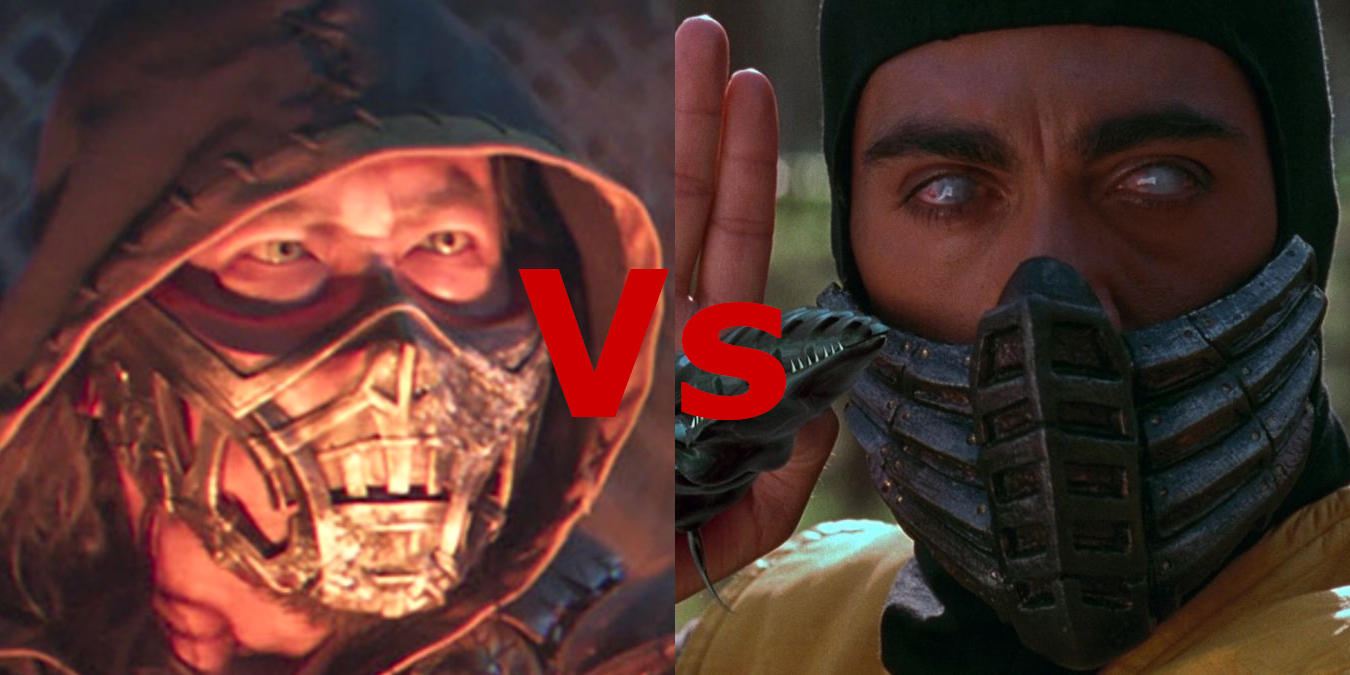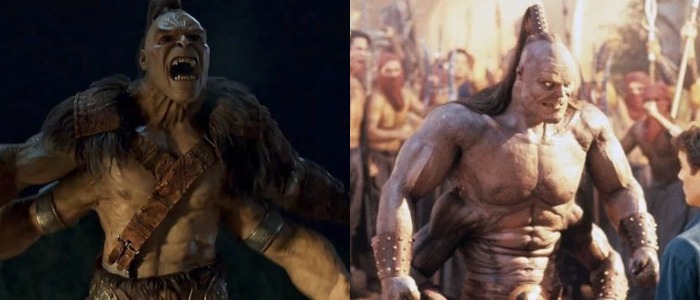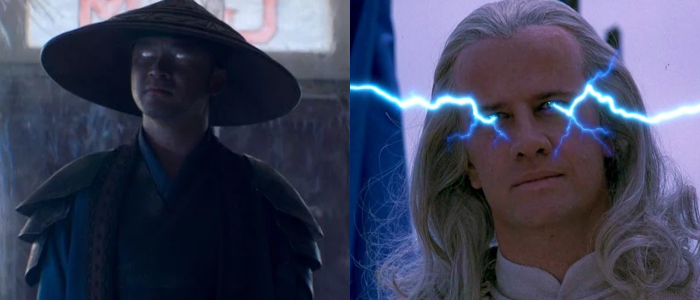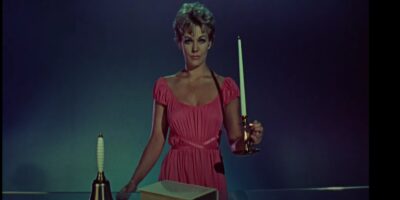
A new Mortal Kombat movie was released in 2021, much to the delight of fans of the ultra-popular fighting game franchise that started in 1992. There have, of course, been other movies (and indeed a number of television shows) based on the games, but the original 1995 movie is widely seen as the best of a pretty bad bunch.
Is the new one actually any better? That’s exactly what we’ll be trying to figure out here.
Watch Mortal Kombat (2021): Amazon Prime | Hulu | HBO Max | NOW
Watch Mortal Kombat (1995): Amazon Prime
While you’re here, please take the time to look at our piece on why Free Guy may be the best PG-13 movie of 2021.
The plots of both Mortal Kombat movies are very similar to each other. In both cases, the realm of Outworld has defeated Earthrealm in nine out of the ten tournaments known as “Mortal Kombat”. If Outworld was to win its tenth tournament in a row, it would conquer and overrun Earth completely. In other words, Earthrealm simply must defeat Outworld this time, or the entire planet will succumb to the evil realm’s mercy and control.
There are some scenes in the two movies that are very like-for-like, such as Sub-Zero freezing the barrel of a gun as it’s fired and Sonya taking Kano to the ground in much the same way she did all those years ago – and that all makes for some very easy comparisons.
The first thing Mortal Kombat (2021) does better than its 1995 counterpart is explain the aforementioned plot. The first movie is much more convoluted – especially for viewers who might be unfamiliar with the video games – and the new incarnation does a much better job of explaining it extremely clearly in its early scenes.
The second thing the 2021 movie does better than its predecessor is the special effects. Not only does the newer movie have 26 years of technological advancement in its favor, it also has a much bigger budget – even taking inflation into consideration. While Mortal Kombat (1995) had a budget just shy of $20 million, Mortal Kombat (2021) had around $55 million to play with.
The result is an emphatic improvement in special effects – and there are plenty of direct comparisons to make between the two in order to highlight that.
Take the half-human, half-dragon Goro, for instance – in 1995, the practical portrayal of the character looked like a rubber toy, whereas the CGI version of the character more closely resembles a four-armed MCU Hulk in 2021 and is much more fluid in his movements as a result.

Take Reptile as another example – in 1995, he looked like an expendable background character from a bad PS1 game, whereas in 2021 he’s more comparable to the very lifelike Lizard from 2012’s The Amazing Spider-Man…

Then just look at the effects created by the fighter’s powers in 1995 – Sub-Zero’s ice, Liu Kang’s fire and Raiden’s lightning for example – and you’ll see that there’s really no comparison visually.
The bar has, of course, been raised in general when it comes to special effects in cinema, but Mortal Kombat (2021) is good-looking even by modern standards, holding its own against an abundance of other contemporary movies in which superhumans attempt to save the world. There’s definitely a lot of influence from the incredibly popular (and incredibly big-budget) Marvel and DC movies of recent years.
Writing and Characterization
Next, we come to the characterization in each movie – and, again, Mortal Kombat (2021) comes out on top. Don’t get us wrong, it doesn’t exactly create in-depth, iconic memorable characters, but it provides us with much more of an exploration of the Earthrealm fighters’ lives and personalities than we were given in 1995.
This aspect of the 2021 movie is aided by better writing and better acting than the 90s movie. Gone is the horrendously cheesy dialogue (which was certainly more akin to that of a video game’s dialogue) and gone is the hammy B-movie acting – the likes of Lewis Tan, Jessica McNamee and Josh Lawson are far superior than 1995’s Linden Ashby, Robin Shou and Bridgette Wilson.
Speaking of the cast, it’s also worth mentioning that Mortal Kombat (2021) deserves a lot of credit for the diversity of its stars. While Mortal Kombat (1995) by no means had anything resembling an all white cast, it was cool to see the likes of Indonesian actor Joe Taslim as Sub-Zero and Japanese stars Hiroyuki Sanada and Tadanobu Asano as Scorpion and Raiden respectively, as opposed to white actors François Petit, Chris Casamassa and Christopher Lambert, who were in the corresponding roles back in ’95.

Fight Choreography
Finally, we’re going to compare a very important aspect of any movie that heavily features martial arts: the choreography. It’s fair to say that the choreography in Mortal Kombat (1995) wasn’t actually that bad, but it’s much better in the new movie.
That being said, the new one is so heavy on special effects that it sometimes makes the action a little difficult to see and make out. So while it does trump its predecessor in terms of fight choreography, the manic effects-heavy nature of some of the fight scenes means it’s closer than it probably should be between the two movies in that regard.
Flawless Victory… or is it?
So what we’ve got here is essentially a clean sweep in the new movie’s favor – you could call it a Flawless Victory – and yet Mortal Kombat (1995) isn’t actually a terrible movie! Or, perhaps more appropriately, we should say that it’s the essence of “so bad it’s good.” Its goofiness and cheesiness also makes it feel more like how a Mortal Kombat movie should feel tonally – it’s got a cult following for reason, after all.
In summary, it’s probably fair to say that the these comparisons are entirely subjective, depending on what you’re looking for. But there’s absolutely no doubt that Mortal Kombat (2021) is a better movie, in general, by conventional cinematic standards.
Now that you’re done here, why not check out our list of the best platform fighting games in 2021 and our ranking of every Far Cry boss?














